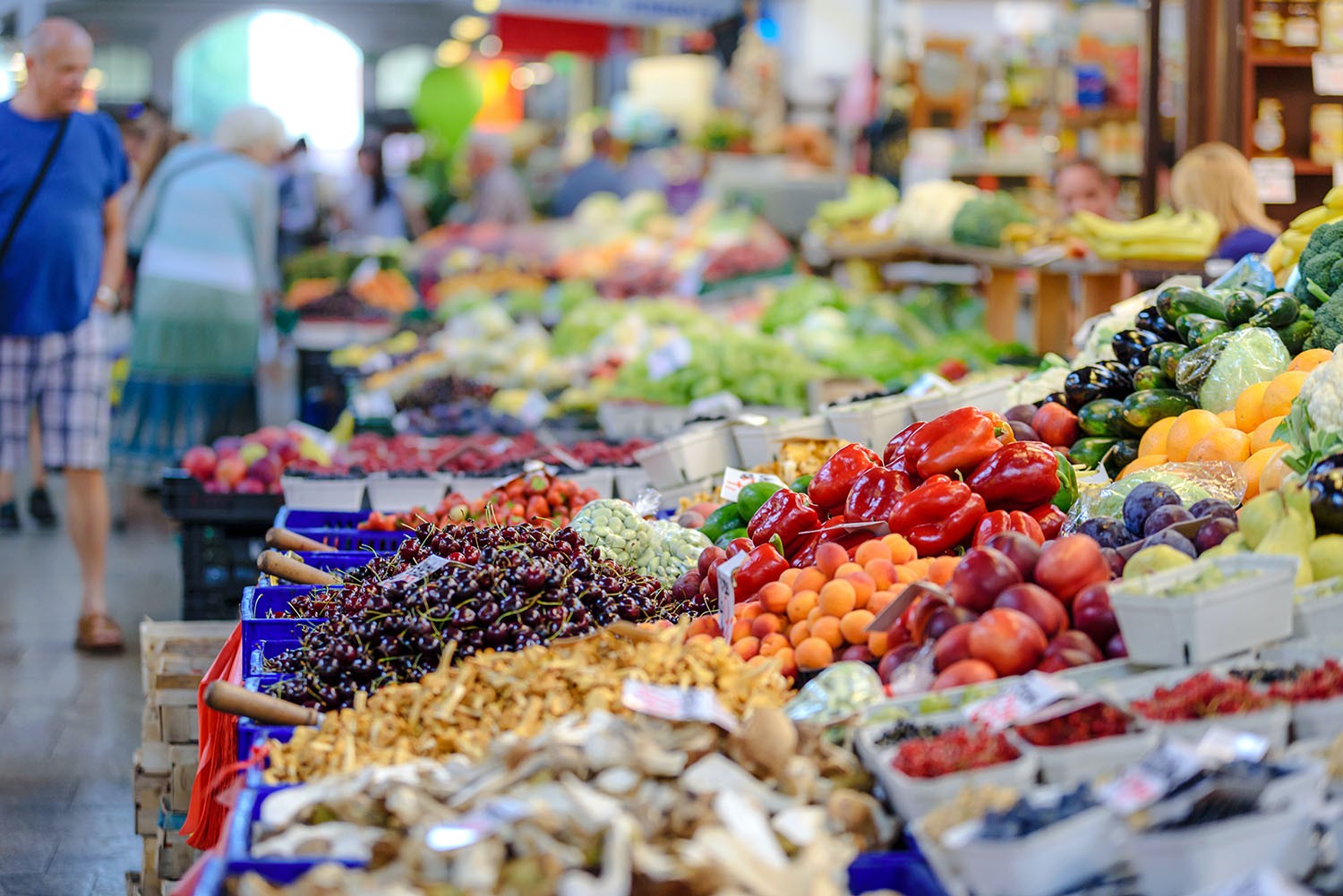Do’s & Don’ts For Anti-Inflammatory Diets

Story by Annie Eller, RD LD | contact@annieellerrd.com

What is inflammation?
Generally speaking, inflammation occurs when the body’s tissues are irritated or injured in some way. Inflammation can be acute (over the course of days or weeks) or chronic (for months or lifelong). Acute inflammation can be protective and will help heal the body from disease or illness, whereas chronic inflammation can cause cell death and a breakdown of healthy tissues. Underlying chronic inflammation is thought to be a driver for many of the diseases debilitating our society (Ex: diabetes, heart disease, fibromyalgia, etc.). These chronic diseases cause disability and death for many individuals, so it is important to understand how to reduce the risk of these conditions or prevent them altogether. Chronic inflammation is often a result of daily behaviors such as poor diet, smoking, sedentary lifestyle, poor sleep hygiene, and stress. The good news is, we have a level of control over these lifestyle behaviors and can take steps to improve them. Read on to learn more about ways you can improve your diet to help fight inflammation in your body.
Components of an anti-inflammatory diet
Studies show certain foods can have a protective effect on the body and therefore will help combat inflammation. It might not come as a surprise to you that these anti-inflammatory foods also tend to be the ones recommended as a part of a well-balanced healthy diet. These anti-inflammatory foods include colorful fruits and veggies, beans, legumes, olive oil, and fatty fish. What exactly about these foods makes them protective? Plants fight inflammation with their antioxidant properties by reducing oxidative stress, these antioxidant properties come from components called phytochemicals. Olive oil and omega 3s have also been shown to have protective compounds with anti-inflammatory effects.
Anti-Inflammatory Foods:
- Colorful vegetables
- Fruits
- Nuts and seeds
- Olive oil
- Fatty fish
- Beans and legumes

Foods to avoid to reduce inflammation
While it’s important to discuss which foods to ADD to your grocery list to help combat inflammation, it is also important to understand which foods to avoid. Ultra-processed foods are thought to be a driver of inflammation in the body, so it is important to reduce the frequency of these foods in the diet. Ultra-processed foods tend to be calorically dense and very nutrient-poor such as sweetened beverages, pre-packaged snacks such as chips, pastries, crackers, cookies, cereals, etc. Reducing how often we are choosing these foods can be a helpful step in reducing inflammation and chronic disease risk. Oftentimes we turn to these foods due to their convenience, so planning ahead for meals and snacks is an important step of reducing these highly processed foods. For example, take time to wash and chop fruits and veggies for a snack instead of browsing the vending machine at work. Although it may take more time and effort to include anti-inflammatory foods, the benefits of following a nutrient-rich diet far outweigh the potential inconvenience that comes with preparing them.
Recep
There are some drivers for inflammation that we cannot control, however, our daily habits are the components that we CAN control, and we should take steps to focus on these areas. Taking small but consistent steps to improve diet, activity level, sleep patterns, etc. can reduce our risk for chronic diseases that are often driven by long-term inflammation. Following an anti-inflammatory diet doesn’t have to be complex, and the good news is this eating pattern will most likely align with other health goals you might be working towards as well (ex: weight loss, lowering blood pressure, reducing medications, etc.). To create a comprehensive anti-inflammatory approach, consider both which foods to eat MORE often and which foods to eat LESS often. Start small by looking at your current meals and snacks and see if you can start introducing some anti-inflammatory ingredients or swapping out some of the ultra-processed foods.

Seek support!
Making changes to your diet can feel overwhelming at first. If you are interested in improving your health and reducing inflammation through diet, working with a registered dietitian can be helpful. You can find a dietitian near you by searching online for local RDs or asking your medical provider for a referral to see a dietitian. Follow @annieellerrd on Instagram for general nutrition advice and healthy recipes!
Anti-inflammatory Grocery List and Meal Ideas
Add some (or all!) of these anti-inflammatory staples to your grocery list to help you get started in following a diet that is full of fiber, antioxidants, and omega-3s.
Proteins
- Salmon filets
- Black beans
- Canned tuna in water
Fats
- Extra virgin olive oil
- Walnuts
- Almond butter
- Flaxseed
Carbohydrates
- Berries
- Cherries
- Oranges
- Oats
- 100% whole grain bread
- Starchy veggies
Other Produce
- Broccoli
- Kale
- Spinach
Meal Ideas
- Honey garlic salmon with a side of broccoli and a spinach and strawberry salad
- Black bean chili
- Tuna on top of a bed of greens with olive oil dressing and veggies
Snack Ideas
- Nuts and fruit
- Flaxseed fruit smoothie
- Almond butter and fruit






